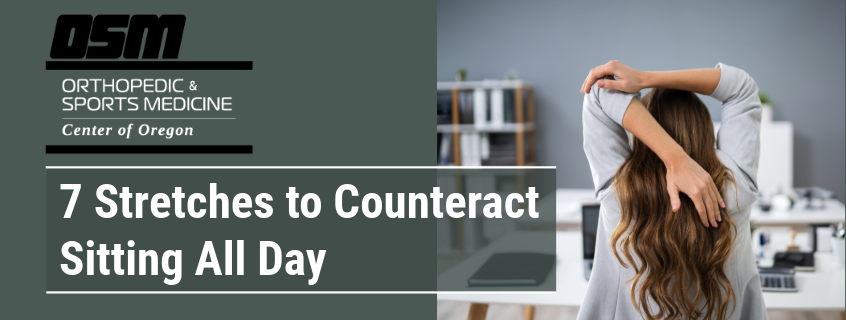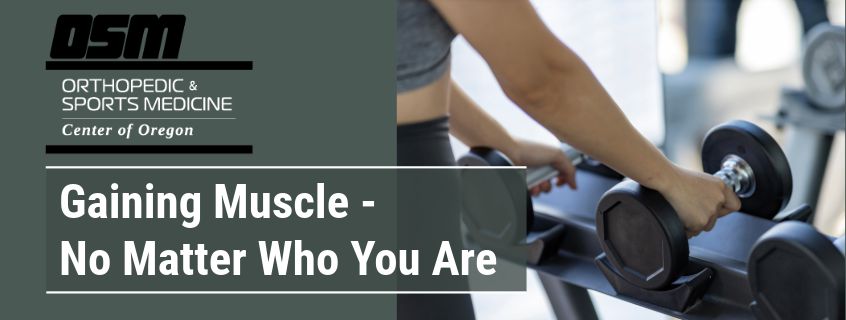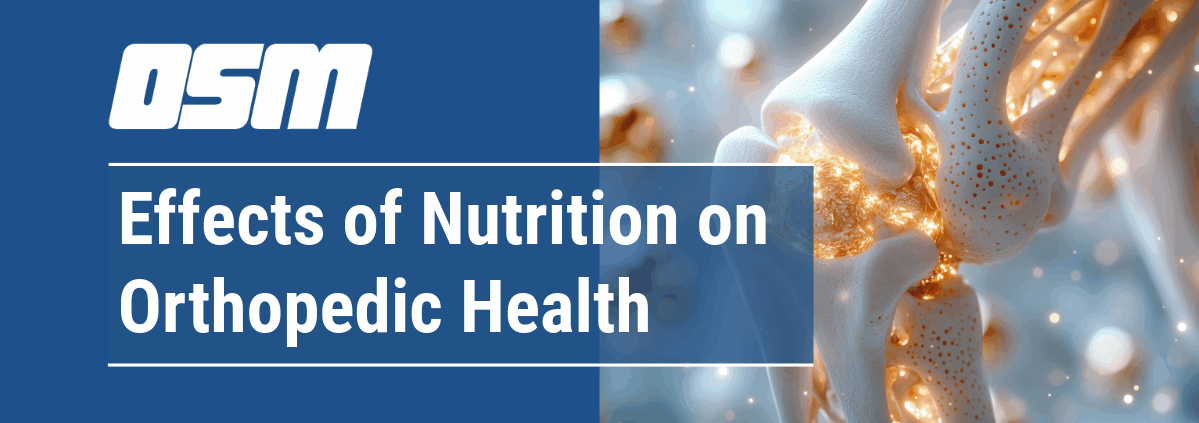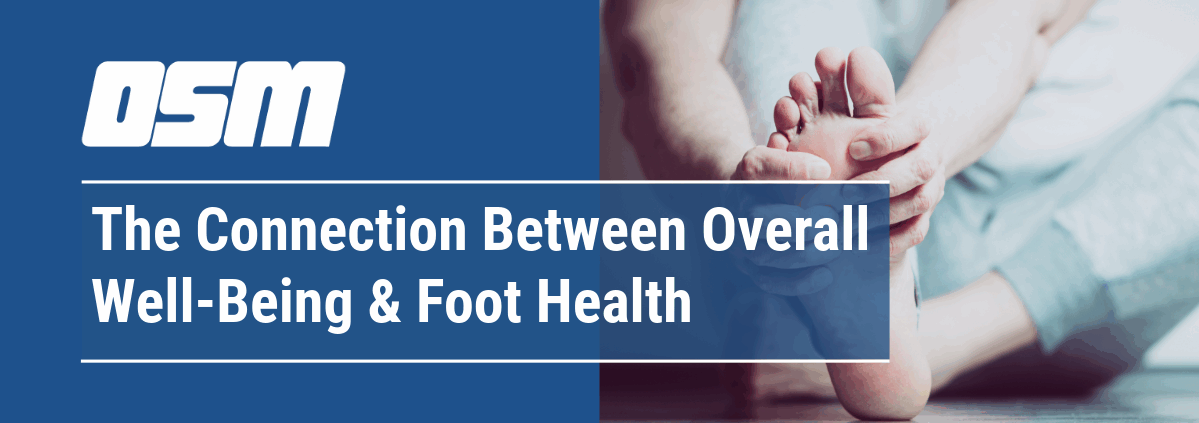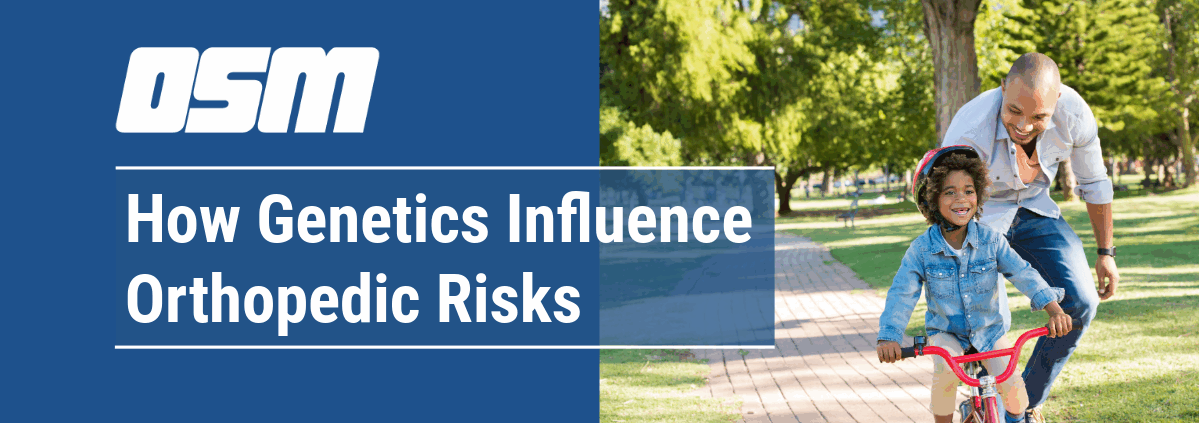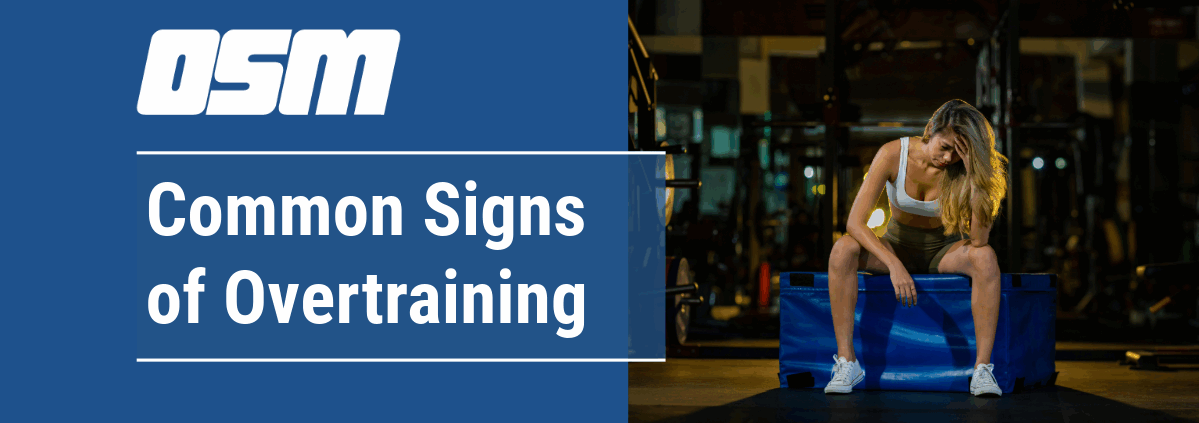Essential Tips for Staying Active & Preventing Orthopedic Injuries
Article featured on Arthritis & Sports
Orthopedic injuries affect people of all ages and activity levels. They can range from minor sprains to serious conditions that impact bones and joints. Fortunately, many of these injuries are preventable. Proper education and proactive strategies play a vital role in prevention. This article outlines effective methods to help everyone stay active and healthy.
Understanding Orthopedic Injuries
Orthopedic injuries can arise from physical activities and sports, but they can also occur during everyday movements. Often, these injuries result from inadequate training, poor techniques, or insufficient warm-ups. According to the American Academy of Orthopaedic Surgeons, approximately 3.5 million children under 14 receive medical treatment for sports injuries annually. By understanding how our bodies work and recognizing the risks associated with various activities, individuals can take steps to protect themselves.
Common orthopedic injuries include tennis elbow (affecting around 1-3% of the general population), Achilles tendonitis (particularly prevalent among runners), and knee ligament injuries (which account for about 55% of knee injuries among athletes). Learning more about these conditions helps individuals make informed choices about exercise and rehabilitation.
Importance of Injury Prevention Education
Education on injury prevention is key to reducing orthopedic injuries. When individuals understand human anatomy and biomechanics, they are less likely to experience injuries. Studies show that educational programs can reduce sports injuries by up to 30%. Workshops or consultations with trained professionals provide valuable insights into best practices for safety and health.
Building a Safety Culture
Focusing on injury prevention fosters a mindset that values long-term health over short-term performance boosts. This shift encourages athletes and active individuals to prioritize self-care and make safer choices during their activities.
Develop Proper Warm-Up and Cool-Down Routines
Warm-Up Techniques
A well-structured warm-up is essential for preparing the body for physical activity. Warm-ups increase blood flow to the muscles, enhance flexibility, and improve joint mobility. Dynamic stretches, such as leg swings, arm circles, and high knees, are excellent for preparing the body for intense workouts.
Taking just 10-15 minutes for an effective warm-up can significantly reduce injury risks and improve performance.
Cool-down routines are equally important after physical activity. Engaging in static stretching helps restore muscle length and flexibility and promotes recovery. Activities like light walking or cycling for 5-10 minutes help the heart rate return to normal. This gradual transition is crucial for reducing muscle soreness and future injuries.
Strength Training and Conditioning
Ensure Proper Technique in Sports and Activities
Using the right techniques during physical activities minimizes injury risk. Whether engaging in sports, weightlifting, or everyday movements, understanding correct form is vital for safe practices. Coaches and trainers play a crucial role by providing guidance on executing movements correctly. Regular feedback helps to correct improper techniques that may lead to strain or injury.
The Role of Coaching
Listen to Your Body
Listening to your body can be transformative when it comes to preventing injuries. Ignoring pain or discomfort often leads to more severe issues. It’s essential to pay attention to these signals and allow time for rest and recovery.
The Importance of Rest Days
Overtraining increases the likelihood of injuries, making it vital to include rest days in any training schedule. Including 1-2 rest days each week can significantly lower injury risk and enhance overall performance.
Ensure Safe Return-to-Sports Program
For those undergoing lengthy recovery after surgery, physical therapy is essential but not the final step. A well-structured return-to-sports program ensures the athlete is safe to resume activities at the same level they were at before the injury (if not even better).
Outreach and Community Programs
Community programs focused on injury prevention education benefit diverse groups, including youth athletes and older adults. These initiatives may include workshops, training sessions, and informational resources. By offering such programs, communities facilitate a better understanding of injury prevention.
Such initiatives create supportive environments where individuals can learn and apply effective strategies relevant to their physical activities, promoting healthier lifestyles.
Moving Forward with Awareness
Preventing common orthopedic injuries involves education, practical strategies, and a commitment to self-care. By understanding body mechanics and implementing effective measures such as proper warm-ups and cool-downs, individuals can significantly lower their risk of injury.
Moreover, emphasizing injury prevention education promotes personal health and fosters a culture of safety within communities. By prioritizing these strategies, individuals of all ages and activity levels can confidently pursue their passions, leading to healthier and happier futures.
The Orthopedic & Sports Medicine Center of Oregon is an award-winning, board-certified orthopedic group located in downtown Portland Oregon. We utilize both surgical and nonsurgical means to treat musculoskeletal trauma, spine diseases, foot and ankle conditions, sports injuries, degenerative diseases, infections, tumors and congenital disorders.
Our mission is to return our patients back to pain-free mobility and full strength as quickly and painlessly as possible using both surgical and non-surgical orthopedic procedures.
Our expert physicians provide leading-edge, comprehensive care in the diagnosis and treatment of orthopedic conditions, including total joint replacement and sports medicine. We apply the latest state-of-the-art techniques in order to return our patients to their active lifestyle.
If you’re looking for compassionate, expert orthopedic and podiatric surgeons in Portland Oregon, contact OSM today.
Phone:
503-224-8399
Address
17355 Lower Boones Ferry Rd Suite 100A
Lake Oswego, OR 97035
Hours
Monday–Friday
8:00am – 4:30pm


